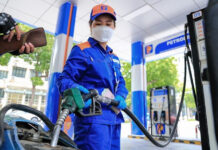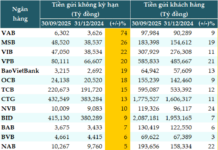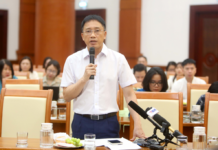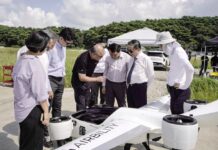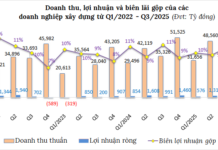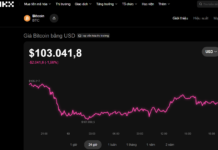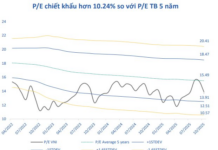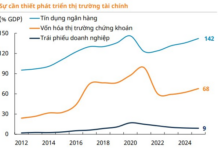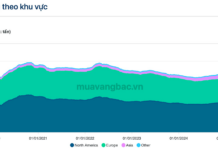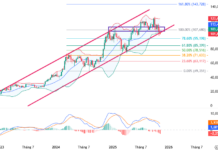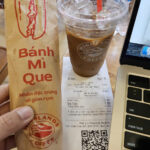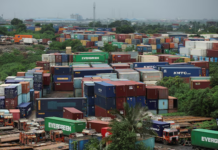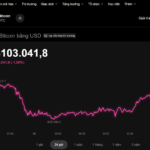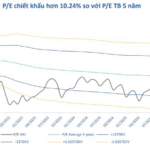Are Airport Food and Beverage Prices Too High?
F&B industry expert Đỗ Duy Thanh, Director of FnB Director Consulting and Horeca Business School, discusses the issue of high food and beverage prices at Vietnamese airports with NLD reporters.
Reporter: Air travelers have long complained about the high prices of food and drinks at airports. What is your assessment of this issue as an industry insider?
Mr. Đỗ Duy Thanh: I see this issue from both a positive and negative perspective. On the negative side, it is true that some items in Vietnamese airports are significantly more expensive than outside, especially when compared to street food or casual dining options.
However, on the positive side, we need to consider the unique context of airports. Airport environments come with a range of factors that drive up costs, including high rents, logistics and security expenses, extended operating hours, staffing costs, service standards, and franchise fees payable to the managing entity.
Even within the same brand, prices vary noticeably between kiosks in peripheral areas, stores in shopping malls, and outlets at airports, reflecting the differences in operating costs and locations.
Comparing airport food prices directly to those of street vendors, where ingredient sources, invoices, and food safety standards may not be guaranteed, is not an equitable comparison.

A food outlet at Noi Bai Airport, Hanoi
Are High Airport Food Prices Due to Rent Costs?
It is often said that high rent costs at airports are the main reason for the high prices charged to customers. Do you find this explanation convincing?
High rent is indeed a factor, but it is not the sole reason for higher prices at airports. Selling prices are also influenced by supply chain and operational costs (including delivery through security-controlled areas, restricted delivery times, and high-standard storage), staffing expenses (long working hours and requirements for skilled and professional staff), and brand positioning.
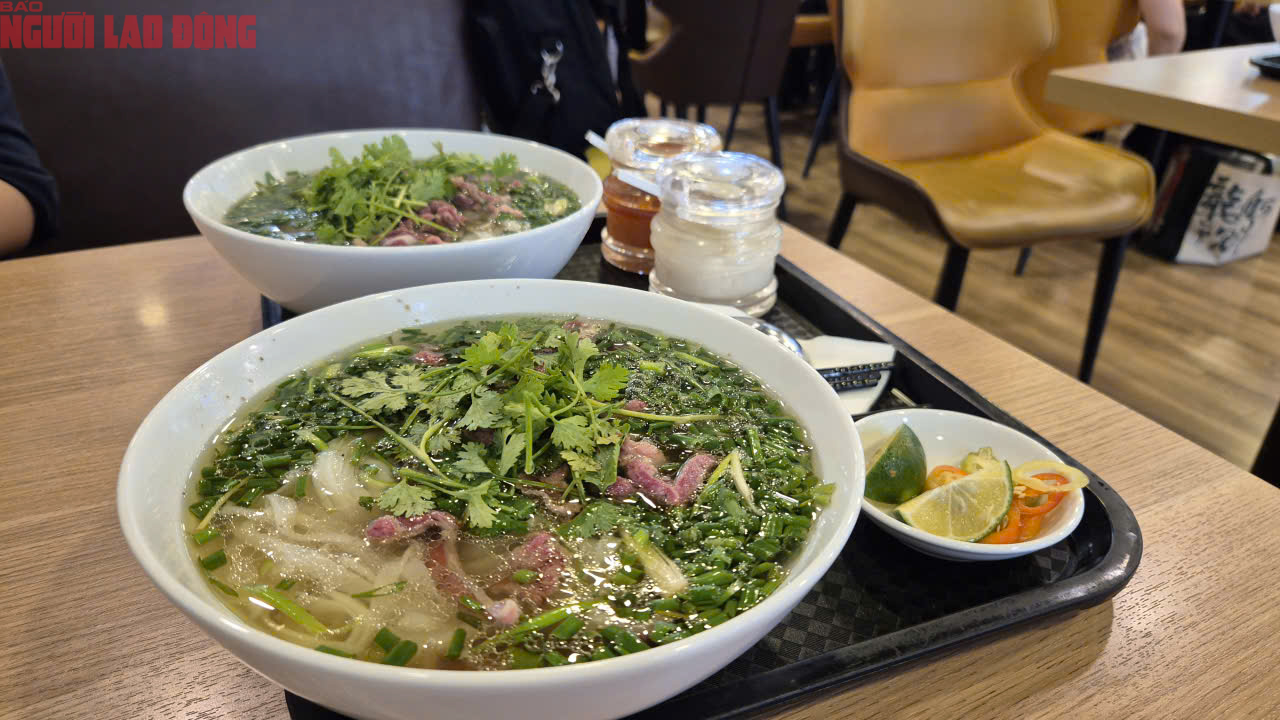
Airport F&B offerings are typically positioned in the premium segment
Additionally, airfare prices indirectly impact airport food prices. When airfares are high, customers often expect the associated services to be in the premium segment as well, leading to a general upward shift in the price level of airport services.
The core issue is not just the rent but the ability to manage the supply chain efficiently, optimize operations, and design a reasonable product range to cater to different customer segments.
How Do Vietnamese Airports Compare to Others in the Region?
Based on your personal experiences, how would you compare the food and beverage prices at Vietnamese airports to those in other countries in the region?
From my personal experiences, I believe that prices in Vietnam are not exceptionally high compared to airports like Bangkok Suvarnabhumi, Singapore Changi, and Kuala Lumpur International Airport. On average, a meal at these international airports ranges from 10 to 15 USD, with drinks costing around 5 USD. These prices are comparable to, or even higher than, many outlets at Vietnam’s Tan Son Nhat and Noi Bai airports. Even when compared to in-flight meal prices (typically 8 to 12 USD), Vietnamese airport F&B offerings are not significantly more expensive.

The same brand can have different price points based on location – Highlands Coffee at Tan Son Nhat Airport
However, for the majority of Vietnamese travelers with average incomes, these prices are still higher than their daily spending habits, leading to a perception of airport offerings being “expensive.”
The most significant difference between Vietnamese airports and those in Singapore or Bangkok is not the price but the experience and the way options are organized. Changi offers many items below 10 SGD, and Bangkok’s Magic Food Point is a food court with street food prices and a strong Thai culinary identity, making a powerful impression on visitors.
In reality, Vietnamese airports also have many options below 10 USD, and some are even cheaper. However, these affordable choices are scattered, and there is a lack of a centralized F&B destination that showcases local culinary culture. As a result, the absence of a defining feature, coupled with a few premium outlets, can easily give customers the impression of overall high prices, even though the price range is not abnormal by international standards.
How Can We Improve the Situation?
Customers often feel that they are being overcharged at airports. In your opinion, what solutions can harmonize the interests of all parties involved?
I believe a three-tiered approach is necessary:
Firstly, airport management should implement price ceilings for different product categories and require each provider to maintain a range of affordable options alongside their premium offerings. They can draw inspiration from Bangkok’s Magic Food Point and Changi’s affordable dining zone, thus catering to cost-conscious travelers while retaining premium choices for those willing to splurge.
Secondly, F&B operators need to optimize their supply chains and operations to reduce costs, ensure consistent quality across all outlets, and avoid a “monopoly mindset” due to their exclusive locations. They should also invest in enhancing the dining experience and showcasing local culinary narratives to create a unique selling point.
Thirdly, customers should be provided with transparent and easily accessible pricing information. This will help them understand that the price differences compared to outside options are not solely due to the exclusive location but also the costs of adhering to safety and service standards in a unique operating environment.
By implementing these measures effectively, Vietnamese airports can maintain profitability for businesses, provide customers with a sense of fairness in their choices, and elevate the image of the aviation and tourism industry as welcoming and progressive.

